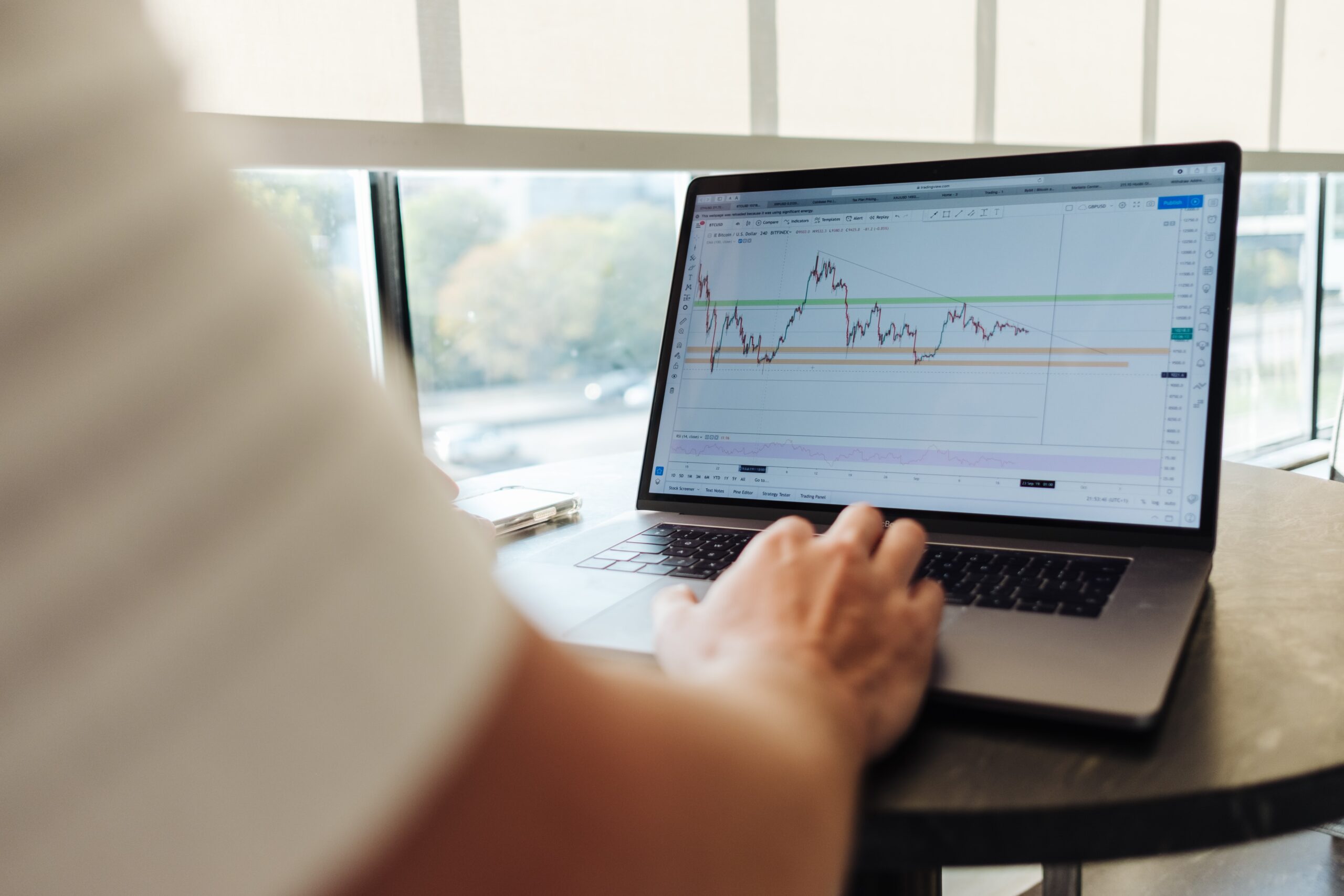A Nonchalant Way of Investing

Dollar Cost Averaging
If you’ve ever tried your hand at investing, chances are you’ve wondered if there is a right time to invest in something. Is the market bullish or bearish? Should I wait a little more to see if I can get a better price?
Whether we realise it or not, we are often swayed by psychological factors, riding market sentiments and trying to buy when the markets are going up and sell when they’re going down. But the fact is, it’s close to impossible to predict exactly when the market is going to take a turn for the worse. You’ve got one shot and you don’t want to risk buying at a really bad time.
This is where dollar-cost averaging comes in. It’s a simple strategy. Say you want to invest $500 in a stock. Instead of putting in this lump sum at once, you split it up into ten $50 to be invested at regular intervals, say every month. If you’re familiar with mutual funds, you can compare this to the SIP system – it follows the same strategy.
Committing to invest at fixed intervals eliminates the need for trying to time the market. It also reduces the impact of short-term volatility. You buy no matter whether the price falls or rises, and you get more shares if the price falls. Assuming that prices eventually rise at some point in the long term, your investment tends to be profitable.
The Underlying Assumptions
Notice that we’re assuming two things. One, that the stock is highly volatile in the short term, that is, tends to have dramatic swings up or down. If it’s not volatile – if it’s more or less constantly moving upwards – then it would be more prudent to invest all your money on day one. There’s no reason to withhold some money that could be earning returns for you instead. Of course, we can never know for certain whether it’s going to keep rising, and that’s kind of the point of dollar-cost averaging.
Secondly, we’re assuming that the stock ultimately goes up over time. Dollar-cost averaging wouldn’t give you profits if the stock is declining. This is an important factor to note if you’re a new investor – any investment strategy depends on how good the asset is. Dollar-cost averaging helps remove the emotional factor and the risk of bad timing, but it’s no substitute for good research on the company.
So the next time you invest, if you’re feeling unsure about whether to put in all your money at once, you might want to consider dollar-cost averaging.



